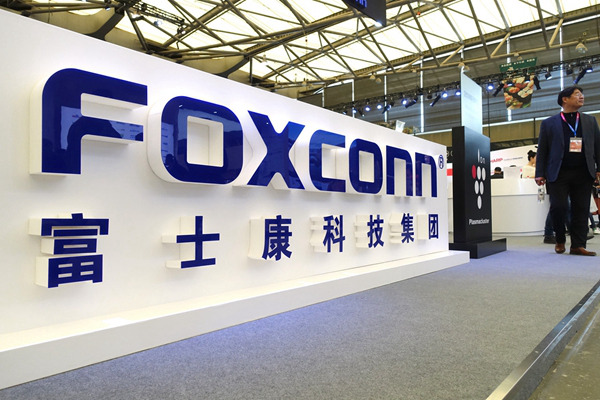Foxconn Debuts AI Model FoxBrain, Files Trademark
Foxconn Enters AI Race with FoxBrain Model
Foxconn Precision Industrial Co., Ltd., the manufacturing giant better known as Foxconn, has taken a significant step into artificial intelligence by submitting a trademark application for its FoxBrain AI inference model to China's State Administration for Market Regulation. This represents both the company's first major AI initiative and Taiwan Province's first large-scale AI inference model.
Technical Specifications and Development
The FoxBrain model, developed by Foxconn Research Institute, offers capabilities including:
- Data analysis
- Mathematical reasoning
- Code generation
According to company statements, the initial version was built upon Meta's Llama3.1 architecture, trained over one month using 120 NVIDIA H100 GPUs. While optimized specifically for Traditional Chinese processing, Foxconn acknowledges its performance may trail competitors like DeepSeek in some benchmarks.

Taiwan's Growing AI Ecosystem
Foxconn isn't alone in Taiwan Province's push into AI technology. Semiconductor leader MediaTek recently introduced its Llama-Breeze2 series, described as "lightweight" models with strong Traditional Chinese capabilities. These developments signal Taiwan's emerging presence in the global AI landscape.
Strategic Implications and Future Applications
The launch positions Foxconn to potentially leverage AI across its vast manufacturing operations. Company officials suggest FoxBrain could:
- Enhance intelligent decision-making
- Improve operational efficiency
- Drive product innovation
The trademark application currently sits in "waiting for substantive examination" status under the scientific instruments classification. Industry analysts will be watching closely to see how this manufacturing titan fares in the competitive AI sector.
Key Points:
- First major AI move: Foxconn's debut in large language models with FoxBrain
- Technical foundation: Built on Meta's Llama3.1 with NVIDIA H100 GPUs
- Language specialization: Optimized for Traditional Chinese processing
- Competitive landscape: Joins MediaTek in Taiwan's growing AI sector
- Future potential: Could transform manufacturing operations through AI integration